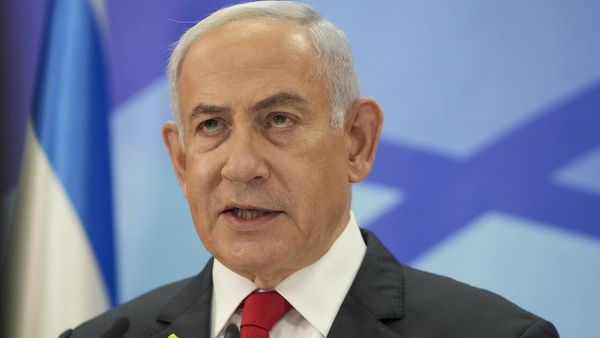[UPDATE February 4, 2025: Late on the evening of February 3, the Trump administration announced a 30-day pause on tariffs against both Canada and Mexico.
Meanwhile, the Chinese government simultaneously announced a 15 percent tariff on US-sourced coal and liquefied natural gas (LNG), as well as a 10 percent tariff on other items from the US, including some trucks and sedans. At the time of writing, no US governmental pause on increased tariffs on Chinese imports to the US has been announced.]
Original piece follows.
You know them, you love (sarcasm) them. Tariffs, tariffs, tariffs. From threats to promises, I'm sure you've probably already heard plenty about them in the months leading up to February 1st. That's the date when the US government officially enacted a new 25% tariff against both Canada and Mexico, as well as an extra 10% tariff against China.
It's February 3 as I write this, and both the Canadian and Mexican governments have already responded to Trump's tariffs with retaliatory tariff talk of their own. In Canada's case, it's a corresponding 25% tariff against certain American-made goods.
"Tariffs against Canada will put your jobs at risk, potentially shutting down American auto assembly plants and other manufacturing facilities," said current Canadian Prime Minister Justin Trudeau at a press conference over the weekend. For Mexico's part, President Claudia Sheinbaum said that tariffs are on their way, but has not yet given specifics on what will be affected, and how much.
But there's another story here, and it goes beyond the continent of North America.
You see, in India, plans are currently underway for the current Indian Prime Minister Narendra Modi to visit the US later in February. Ahead of his planned journey overseas, India's finance minister, Nirmala Sitharaman, published the country's 2025-2026 budget.
Inside, lo and behold, there are new, lower tariff percentages that are specifically proposed for multiple types of motorcycles. What do I mean? I'll let the budget itself tell the tale.
For now, what you need to understand when looking at this information is that there are three main ways that motorcycles not built in India are imported into the country: Completely built up (CBU), semi-knocked down (SKD), or completely knocked down (CKD).
CBU, SKD and CKD are pretty self-explanatory concepts. Bikes might come into the country as whole, completely assembled units, like you might expect to see on a showroom floor. If they're SKD or CKD, final assembly is completed at facilities in India, which are either operated by overseas OEMs or else completed by their local manufacturing partners.
Ready for the numbers? Here you go.
India's finance minister said, in no uncertain terms, that his proposal to cut customs duties (particularly on premium motorcycles) is a bid to entice more motorcycle manufacturing to the country. Some have also categorized this as a move to appease returning US President Trump, since he was previously critical of India's high tariffs on imported motorcycles (and specifically with regard to Harley-Davidson).
While the proposed easement of tariffs on imported motorcycles is meant to attract more local manufacturing and assembly of foreign machines to India, it should also make those premium, imported motorcycles a bit easier for riders in India to consider owning.
To be clear, this budget is only a couple of days old, so it's absolutely not clear whether India's new tariffs will have the desired results. As and when further powersports manufacturing and tariff developments arise, you'll find them all here at RideApart.







